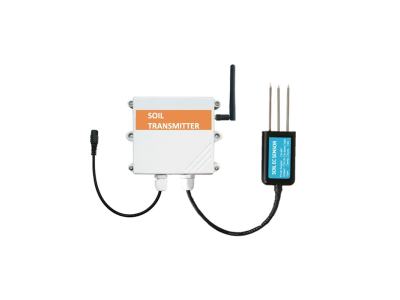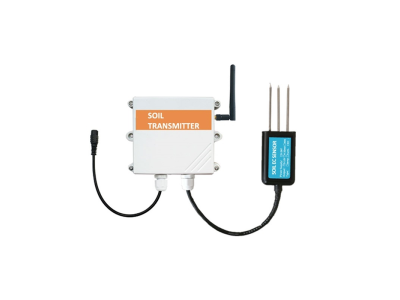Air pollution in urban areas is a significant public health concern, increasing the demand for effective strategies and technologies to mitigate its adverse effects. Gas sensing innovations have emerged as powerful tools for monitoring air quality, enabling data-driven decisions in urban planning and public health management. This article explores the significance of gas sensing innovations, their advancements, applications, and potential benefits for urban planning and public health.
Understanding Air Pollution:
Air pollution poses severe risks to human health, ecosystems, and climate change. Identifying and quantifying specific pollutants is crucial for designing appropriate interventions. Gas sensing innovations provide accurate measurements of various gases and pollutants, offering insights into the composition and sources of air pollution.

Advancements in Gas Sensing Innovations:
Advancements in gas sensing technology have revolutionized air quality monitoring:
a. Mobile and Wearable Sensors: Portable gas sensors allow measurements to be taken on-the-go, providing real-time data about air quality in different locations. Wearable sensors enable personal exposure monitoring, empowering individuals to make informed decisions about their surroundings.
b. Low-Cost Sensors: The development of low-cost gas sensors has democratized air quality monitoring. These sensors are affordable, allowing communities and individuals to participate in monitoring efforts and raise awareness about pollution levels in their neighborhoods.
c. Sensor Networks and IoT Integration: Gas sensors can be integrated into networks, forming comprehensive air quality monitoring systems. Interconnected sensors gather data from multiple locations simultaneously, providing a holistic view of air pollution patterns. Integration with the Internet of Things (IoT) enables remote monitoring, real-time data analysis, and rapid response to pollution events.
d. Selectivity and Sensitivity: Modern gas sensors exhibit improved selectivity and sensitivity, enabling the differentiation and accurate measurement of various pollutants. This information is essential for identifying pollution sources and implementing targeted interventions.
Applications in Urban Planning:
Gas sensing innovations offer valuable insights for urban planning and development:
a. Identifying Pollution Hotspots: Gas sensors provide real-time data on pollutant concentrations, allowing the identification of pollution hotspots in cities. This information helps urban planners prioritize interventions, such as implementing green spaces, optimizing transportation routes, or relocating industrial activities.
b. Assessing Exposure Risks: Gas sensing data assists in evaluating the exposure risks that residents face in different areas of the city. By understanding which pollutants are prevalent in specific neighborhoods, urban planners can develop strategies to reduce exposure and protect vulnerable communities.
c. Traffic Management: Gas sensors integrated with traffic infrastructure help monitor vehicle emissions and assess the impact of traffic on air quality. Such data supports the implementation of traffic management strategies, including congestion reduction, alternative transportation options, and promoting electric vehicles.
d. Green Infrastructure Planning: Gas sensing innovations provide insights into the effectiveness of green infrastructure, such as green roofs and vertical gardens, in mitigating air pollution. Urban planners can utilize this data to strategically design and implement green infrastructure projects to improve air quality in targeted areas.
Benefits for Public Health:
Gas sensing innovations contribute to public health management in several ways:
a. Early Warning Systems: Real-time gas sensing data enables the early detection of high pollutant levels, triggering alerts to individuals, communities, and relevant authorities. Early warning systems support rapid response actions, including issuing health advisories and implementing temporary measures to reduce exposure.
b. Public Awareness and Education: Gas sensing data raises public awareness about air quality issues and encourages individuals to take proactive steps to protect their health. The availability of user-friendly apps and platforms allows citizens to access real-time air quality information, fostering informed decision-making.
c. Policy and Regulation Development: Accurate and reliable air quality data obtained through gas sensing innovations drives evidence-based policy and regulation development. This information supports the implementation of targeted measures, such as emission standards, pollution control policies, and urban planning guidelines, to improve air quality and safeguard public health.
d. Health Impact Assessment: Gas sensing data aids in assessing the health impacts of air pollution on communities. By quantifying pollutant exposure levels, researchers can better understand






